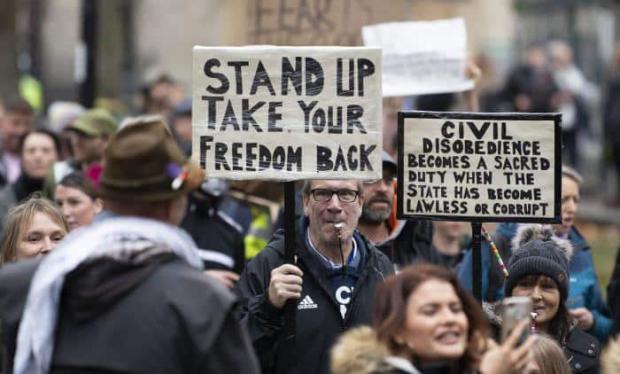
Breaking News
 Owen Report - 10-16-2025 - Gaza Peace Deal Hangs In Balance While Trump Negotiates Peace With Russia
Owen Report - 10-16-2025 - Gaza Peace Deal Hangs In Balance While Trump Negotiates Peace With Russia
 Inflation: Slowly the Middle-Class Dies
Inflation: Slowly the Middle-Class Dies
 The LIES About The Dentist They Don't Want You To Know
The LIES About The Dentist They Don't Want You To Know
Top Tech News
 3D Printed Aluminum Alloy Sets Strength Record on Path to Lighter Aircraft Systems
3D Printed Aluminum Alloy Sets Strength Record on Path to Lighter Aircraft Systems
 Big Brother just got an upgrade.
Big Brother just got an upgrade.
SEMI-NEWS/SEMI-SATIRE: October 12, 2025 Edition
 Stem Cell Breakthrough for People with Parkinson's
Stem Cell Breakthrough for People with Parkinson's
 Linux Will Work For You. Time to Dump Windows 10. And Don't Bother with Windows 11
Linux Will Work For You. Time to Dump Windows 10. And Don't Bother with Windows 11
 XAI Using $18 Billion to Get 300,000 More Nvidia B200 Chips
XAI Using $18 Billion to Get 300,000 More Nvidia B200 Chips
 Immortal Monkeys? Not Quite, But Scientists Just Reversed Aging With 'Super' Stem Cells
Immortal Monkeys? Not Quite, But Scientists Just Reversed Aging With 'Super' Stem Cells
 ICE To Buy Tool That Tracks Locations Of Hundreds Of Millions Of Phones Every Day
ICE To Buy Tool That Tracks Locations Of Hundreds Of Millions Of Phones Every Day
 Yixiang 16kWh Battery For $1,920!? New Design!
Yixiang 16kWh Battery For $1,920!? New Design!
 Find a COMPATIBLE Linux Computer for $200+: Roadmap to Linux. Part 1
Find a COMPATIBLE Linux Computer for $200+: Roadmap to Linux. Part 1
The Right to Try

In the concluding paragraph of "The unanimous Declaration of the Thirteen united States of America," which is always referred to as merely "The Declaration of Independence," it says that the 13 colonies or states "are, and of Right ought to be Free and Independent States." After the Revolutionary War, King George III of England signed a peace treaty with the United States, which was defined as the individual 13 colonies. In the Articles of Confederation and Perpetual Union," which became effective on March 1, 1781, after being ratified by all 13 of these colonies, it says that "each state retains its sovereignty, freedom, and independence, and every power, jurisdiction, and right, which is not by this Confederation expressly delegated." Even in the Constitution, the United States is referenced with the plural words "them" and "their."
Federalism
The system of government set up by the Constitution was not an all-powerful central state. It was designed to be a loose confederation of sovereign states with a weak central government. The United States was set up as a federal system of government where the states, through the Constitution, granted a limited number of powers to a central government — not the other way around. Federalism is simply the division of power between the national and state governments. The states, via Articles I through III of the Constitution, delegated, not surrendered, certain powers to the three branches of the national government. There are about 30 enumerated congressional powers listed throughout the Constitution. Everything else is reserved to the states. As James Madison (1751–1836) — the Father of the Constitution — so eloquently explained it:
The powers delegated by the proposed Constitution to the Federal Government, are few and defined. Those which are to remain in the State Governments are numerous and indefinite. The former will be exercised principally on external objects, as war, peace, negotiation, and foreign commerce; with which last the power of taxation will for the most part be connected. The powers reserved to the several States will extend to all the objects, which, in the ordinary course of affairs, concern the lives, liberties and properties of the people; and the internal order, improvement, and prosperity of the State.
The Ninth and Tenth Amendments reiterate that all rights and powers not delegated to the federal government are retained by the people and the states.
Differences
Although the central government of the United States has grown into an omnipotent monstrosity that has severely eroded state independence and sovereignty, the states are still vastly different in a number of ways that have nothing to do with geography or resources.

 The Right to Try
The Right to Try


